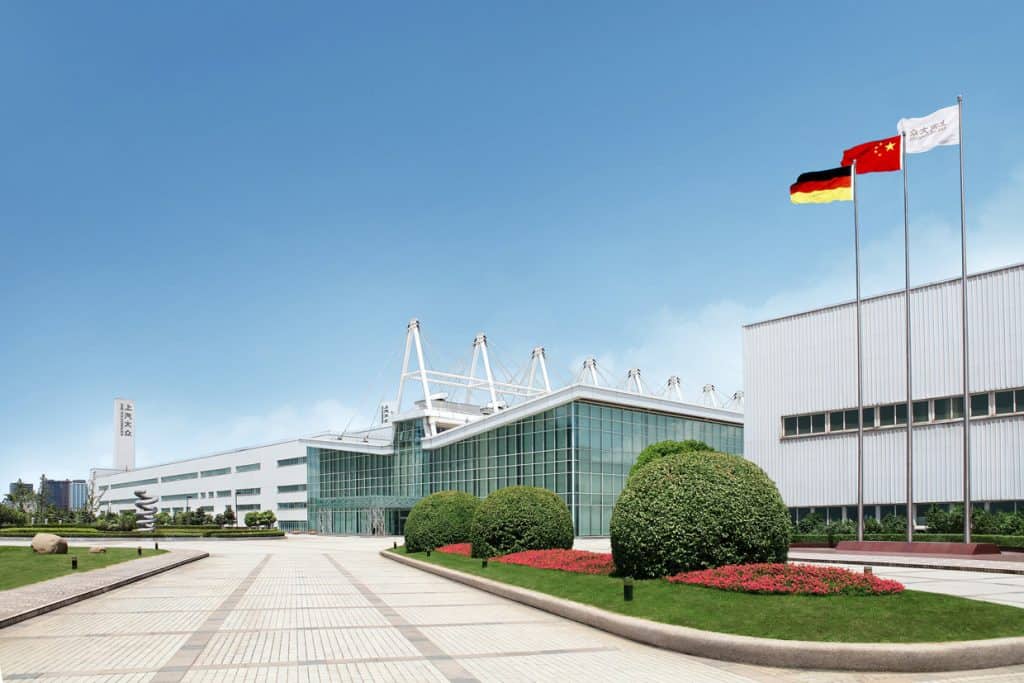“China is the most competitive automotive market in the world,” declares Immo Buschmann, Senior Director for Sales at SAIC Volkswagen. At 27.5 percent or 22.784 million vehicles sold, it’s currently the biggest car market in the world—bigger than the USA (17.284 million) and Japan (4.891 million) combined. Yet, less than four decades ago, it was dismissed by everyone.
Volkswagen though took a leap of faith and entered the Middle Kingdom in 1984. Having little access to the Asian market at the time, VW saw a synergy with SAIC. The joint venture saw VW provide German engineering and production methods while SAIC gave market access.
Starting with the Santana B2 (aka Passat), Volkswagen was solely responsible for the mass motorization of China. At one point, this vehicle defined what the German automaker stood for in China, similar to how other markets, such as the Philippines considered the Beetle.
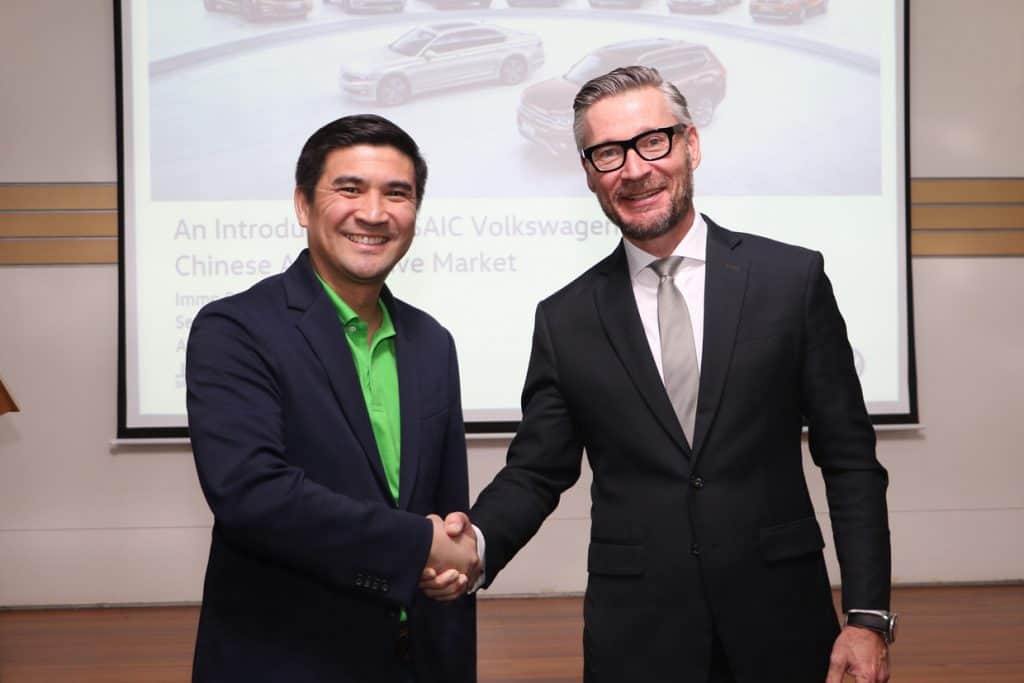
As the market grew from just three brands in 1985 to over 50 brands today, SAIC Volkswagen maintained market leadership there with an 8.9 percent market share compared to FAW-Volkswagen’s 8.15 percent and SAIC General Motors’s 7.88 percent. Having said that, the closeness of the Top 10 best-selling brands in China (they’re separated by less than six percentage points) underscores the competitiveness of the market. A closer look at the sales trend sees VW holding steady while American and Korean brands taking a hit.
Buschmann attributes Volkswagen’s market resilience in China because they managed to adopt their products for the Asian setting.
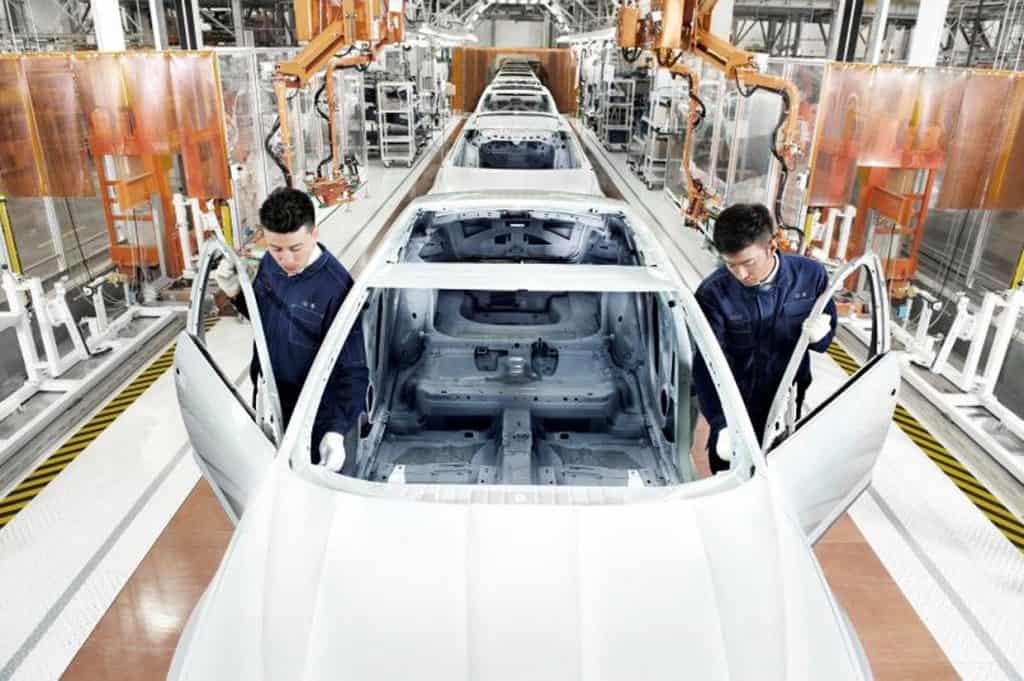
“The increased competition here in China means we have to rethink the business every day. Germany may be the most demanding market in the world—where else will you see vehicles traveling on a highway with no speed limit—but in order to thrive in China or the rest of Asia for that matter, we simply cannot do a ‘cut-and-paste.’ We had to listen to our customers and created products specifically to meet the requirements of the Asian market,” says Buschmann.
For example, VW has adopted both Plug-in Hybrid Vehicle (PHEV) and Electric Vehicle (EV) technology in China first. Because of concrete government policies, vehicles such as the Passat, Tiguan, and soon, the Lavida, have been electrified; far sooner than anywhere else in the world. Closer to home, the Teramont SUV has been specifically tweaked for Asian sensibilities who value cutting-edge connectivity, convenience, and driver assistive features over say, its North American counterpart, the Atlas.
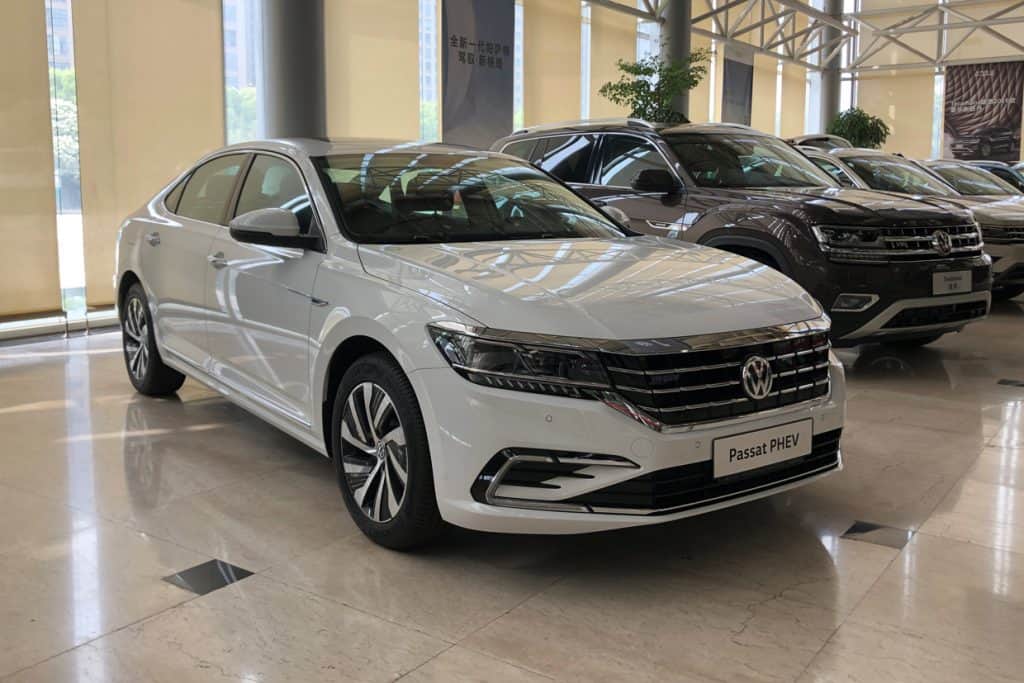
Volkswagen’s move to localize their products for Chinese, and in turn, the Asian market is similar to how brands like Honda and Toyota managed to gain a strong foothold in Southeast Asia. It’s easy to complain that the Santana, Lavida, and Lamando nameplates aren’t the Polo, Jetta, and Passat that Europeans get, but the same could be said with the Brio, City, Yaris, and Vios—they too were designed primarily with the Asian market in mind. On the flipside, it’s also the reason why Ford’s “One Ford” strategy didn’t pan out, especially in China. Tastes vary from market to market, region to region, and carmakers must allow some wiggle room for local customization or else they end up as a compromise that no one wants.
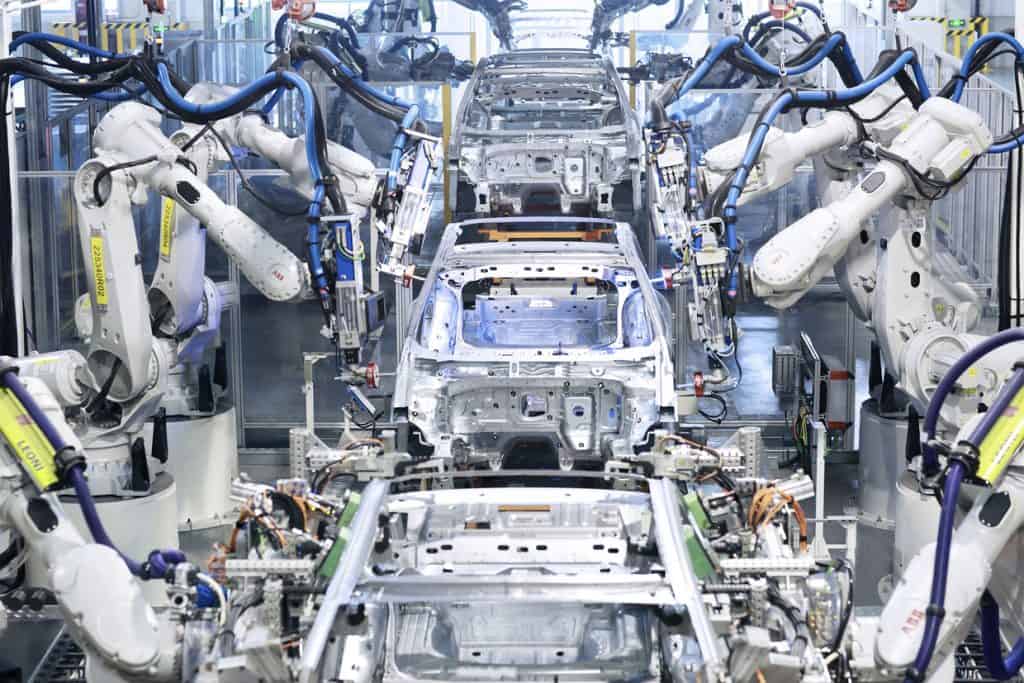
This is how Volkswagen’s managed to stay strong in China: by blending European and Asian sensibilities. “It is the best of both worlds. The badge that our cars carry is still Volkswagen and with that, they carry a certain level of design, engineering, and quality. Yet, the vehicles are also truly unique for the Asian market—designed and engineered with this setting in mind,” says Buschmann.
